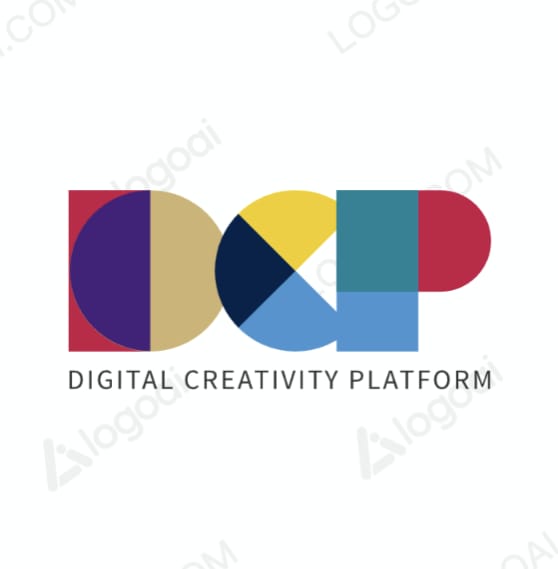The Convergence of Art and Technology
Introduction: In an era where the boundaries of technology and creativity are constantly being redefined, digital creativity emerges as a groundbreaking force, reshaping how we conceive, create, and interact with the arts. This blog post delves into the fascinating world of digital creativity, exploring its impact on various fields and its potential for the future.
The Essence of Digital Creativity: Digital creativity is not merely about employing digital tools; it’s an innovative mindset that merges technology with artistic vision. It’s about using software, digital devices, and online platforms not just as tools, but as canvases for creative expression. This synergy of tech and art has given rise to new forms of media, transforming traditional concepts of design, photography, music, and even literature.
Revolutionizing Art and Design: In the realm of visual arts, digital technology has been a game-changer. With tools like Adobe Photoshop, Illustrator, and 3D modeling software, artists can now create hyper-realistic images, stunning animations, and virtual reality experiences. These digital masterpieces challenge our perceptions of reality and fantasy, offering immersive experiences that were once inconceivable.
Music and Sound Engineering: The music industry has witnessed a similar transformation. Software like Ableton Live, FL Studio, and GarageBand has democratized music production, enabling artists to produce studio-quality music from their laptops. This accessibility has fostered a surge in musical creativity, giving rise to new genres and sounds.
The Impact on Film and Animation: Digital creativity has also revolutionized the film and animation industries. High-definition digital cameras, CGI, and advanced editing software have enabled filmmakers to bring their most ambitious visions to life. Animations are no longer confined to the realm of children’s entertainment but are now appreciated as a sophisticated art form, thanks to digital innovation.
Expanding the Horizons of Literature: Even literature hasn’t been immune to the digital wave. E-books, interactive storytelling apps, and online publishing platforms have transformed the way we read and share stories. This digital shift has made literature more accessible and interactive, engaging a broader audience than ever before.
The Role of Social Media: Social media platforms like Instagram, TikTok, and YouTube have become vital tools for digital creators. They offer a space to showcase work, engage with audiences, and even monetize creative content. This immediacy of feedback and interaction has fostered a dynamic, collaborative creative environment.
Challenges and Opportunities: Despite its potential, digital creativity comes with challenges. Issues like copyright infringement, digital piracy, and the devaluation of art in the digital age are pressing concerns. However, the opportunities for innovation, collaboration, and global reach outweigh these challenges.
The Future of Digital Creativity: Looking ahead, digital creativity is poised to continue its transformative impact. Emerging technologies like artificial intelligence, augmented reality, and blockchain are set to open new frontiers for creative expression. As these technologies evolve, so too will the ways we create and consume art.
Conclusion: Digital creativity stands at the crossroads of technology and art, offering a limitless canvas for expression and innovation. As we embrace this digital renaissance, it’s exciting to imagine what the future holds—a future where creativity knows no bounds, and technology serves as a catalyst for artistic exploration.

